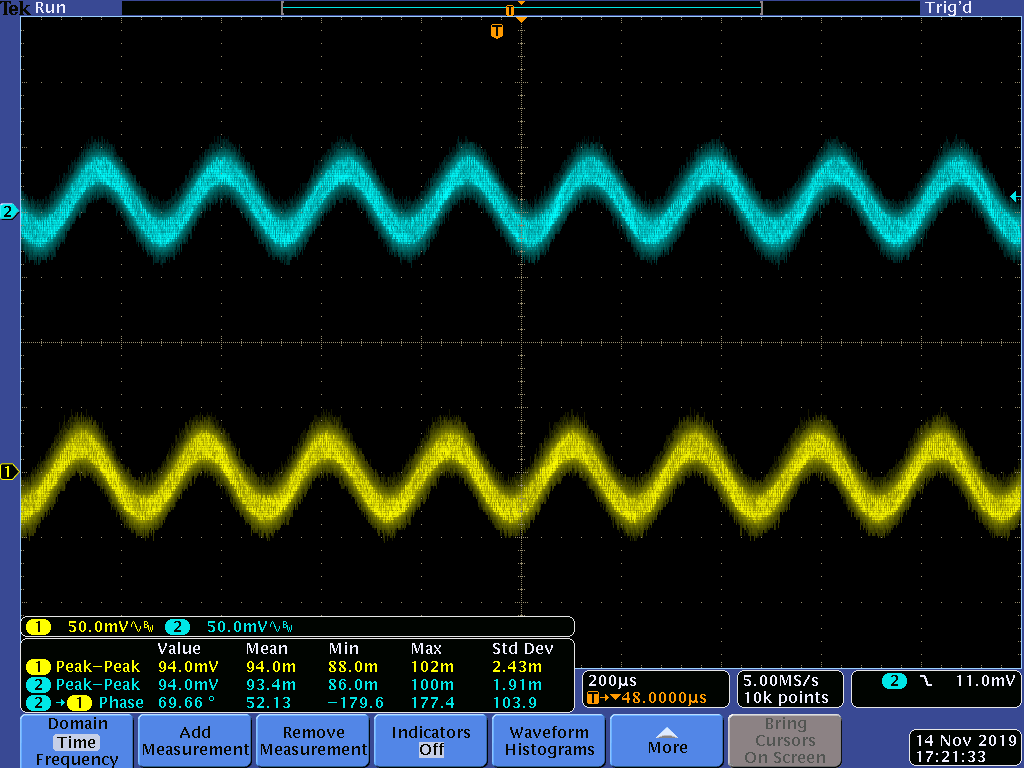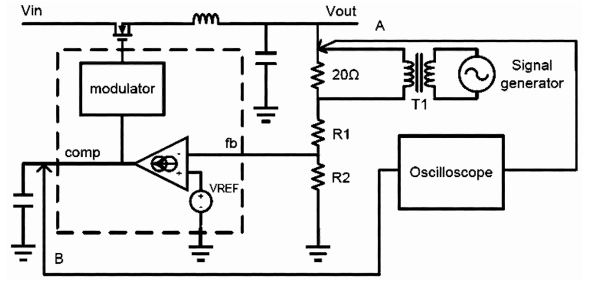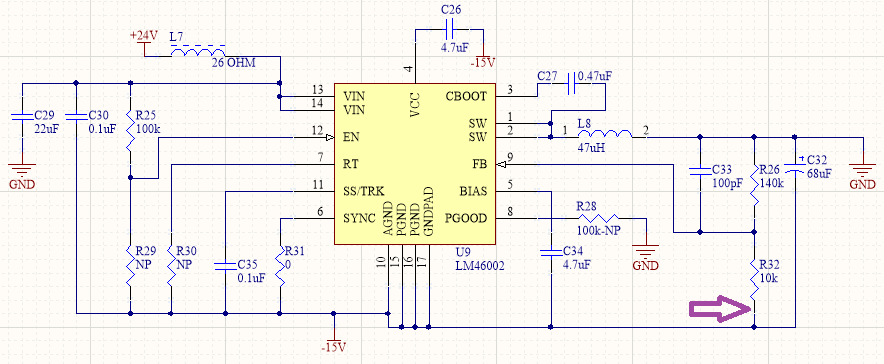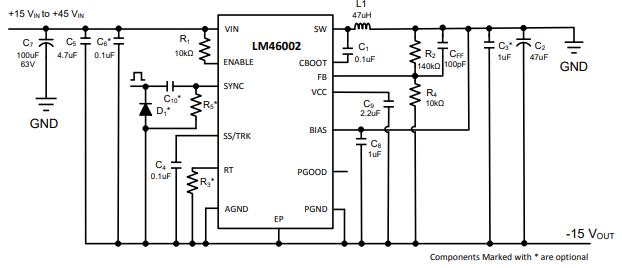I am using a LM46002 as a standard buck converter and another LM46002 in inverting configuration. I am also using a LM2676 with fixed 5V output in an application that goes right up 3A limit. Is there an app note for measuring marginal stability, inductor current headroom, and any other parameters of the power supply? I'm looking for simple tests to verify there is nothing on edge that may cause problems in the future.
Everything is working great. I even can add a few hundred mA load to my LM2676-based 5V supply without hitting current limit. But I would like to see if there's anything marginal in my power supplies.






